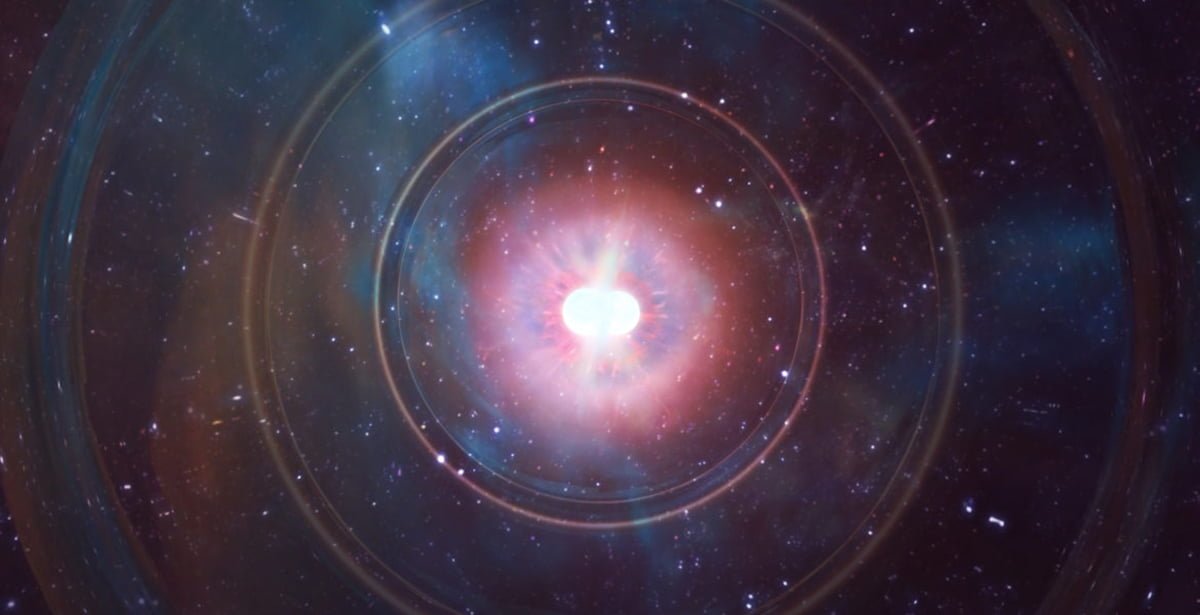Scientists have always had difficulties predicting the rate at which the universe is expanding. However, using a combination of gravitational-wave and radio observations and theoretical modeling, a group of scientists used a neutron star merger as a “cosmic” ruler to deliver improvements in measuring the universe’s expansion.
Using radio telescopes at the National Science Foundation (NSF), astronomers studied the consequences of a collision of two neutron stars. They noted their findings using the NSF’s Very Long Baseline Array (VLBA,) the Karl G. Jansky Very Large Array (VLA) and the Robert C. Byrd Green Bank Telescope (GBT.) Their findings were reported in the journal Nature Astronomy.
“The neutron star merger gives us a new way of measuring the Hubble Constant, and hopefully of resolving the problem,” Kunal Mooley of the National Radio Astronomy Observatory (NRAO) and Caltech said in a statement.
The new measuring method is not much different than using the method involving exploding supernovas. However, in addition to the explosion of brightness the supernova causes, a neutron star merger also leaves a burst of gravitational waves, which have become vastly important in scientific research.
“This is a completely independent means of measurement that we hope can clarify what the true value of the Hubble Constant is,” Mooley said.
However, there is a twist to using neutron star mergers to measure the universe’s expansion. Although they provide scientists insight into measuring the universe’s expansion, because they can yield greater distances, the intensity of the gravitational waves varies based on their orientation in respect to the orbital plane of the two stars that are merging. The gravitational waves are more intense in the direction that is perpendicular to the orbital plane and weaker if the orbital plane is edge-on from Earth.
“In order to use the gravitational waves to measure the distance, we needed to know that orientation,” Adam Deller of Swinburne University of Technology in Australia said.
For the last few months, the astronomers utilized the telescopes to measure the movements of the superfast jet of material that was ejected from the explosion, following the merger.
“We used these measurements along with detailed hydrodynamical simulations to determine the orientation angle, thus allowing use of the gravitational waves to determine the distance,” Ehud Nakar from Tel Aviv University said.
The measurement that was considered in the study came from a merger that took place 130 million light-years away from Earth. However, it’s not enough to help scientists solve the term of uncertainty. According to the scientists, the new measuring method can be used with more precision to predict future neutron-star mergers which are detected using gravitational waves.





